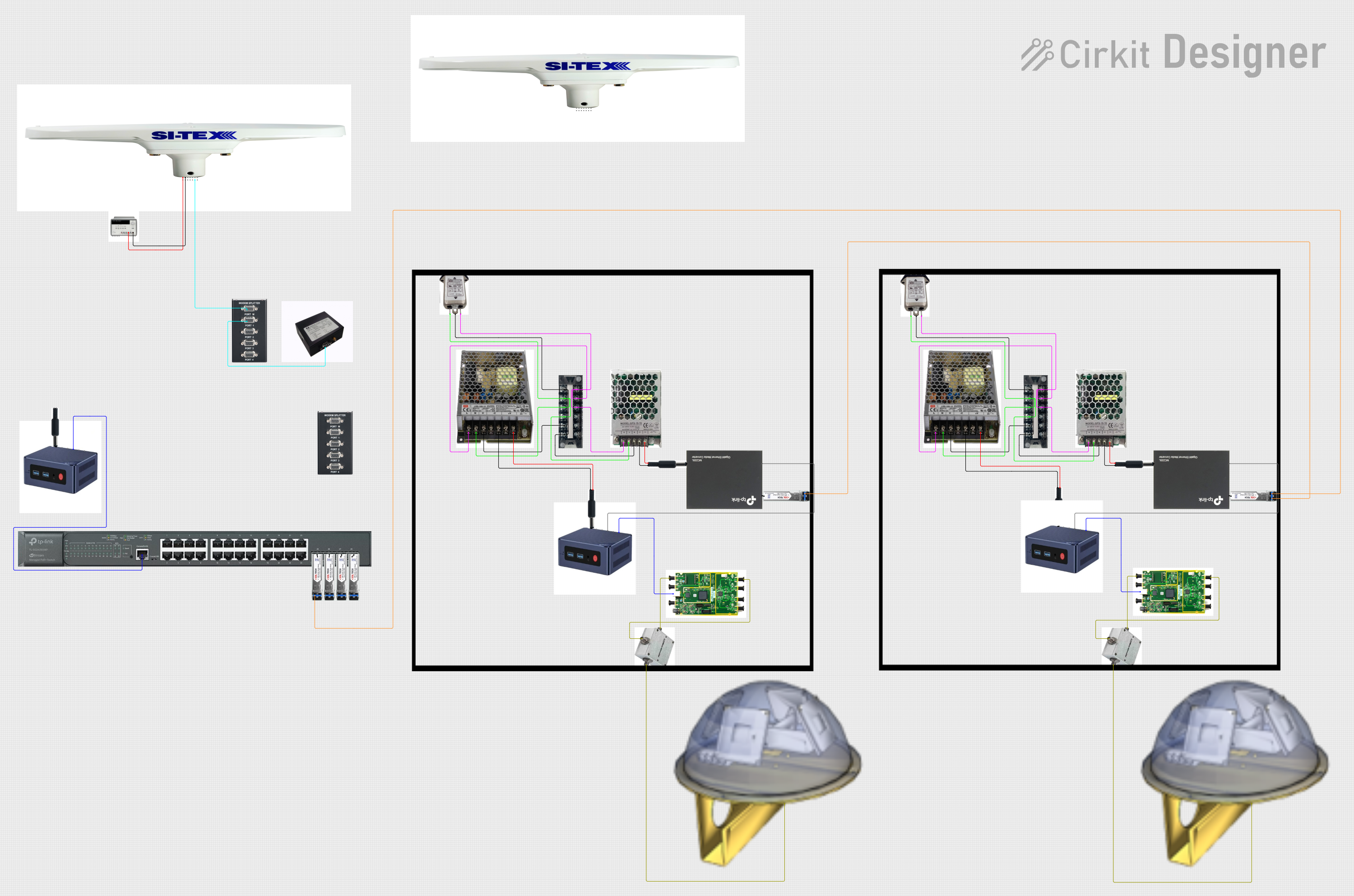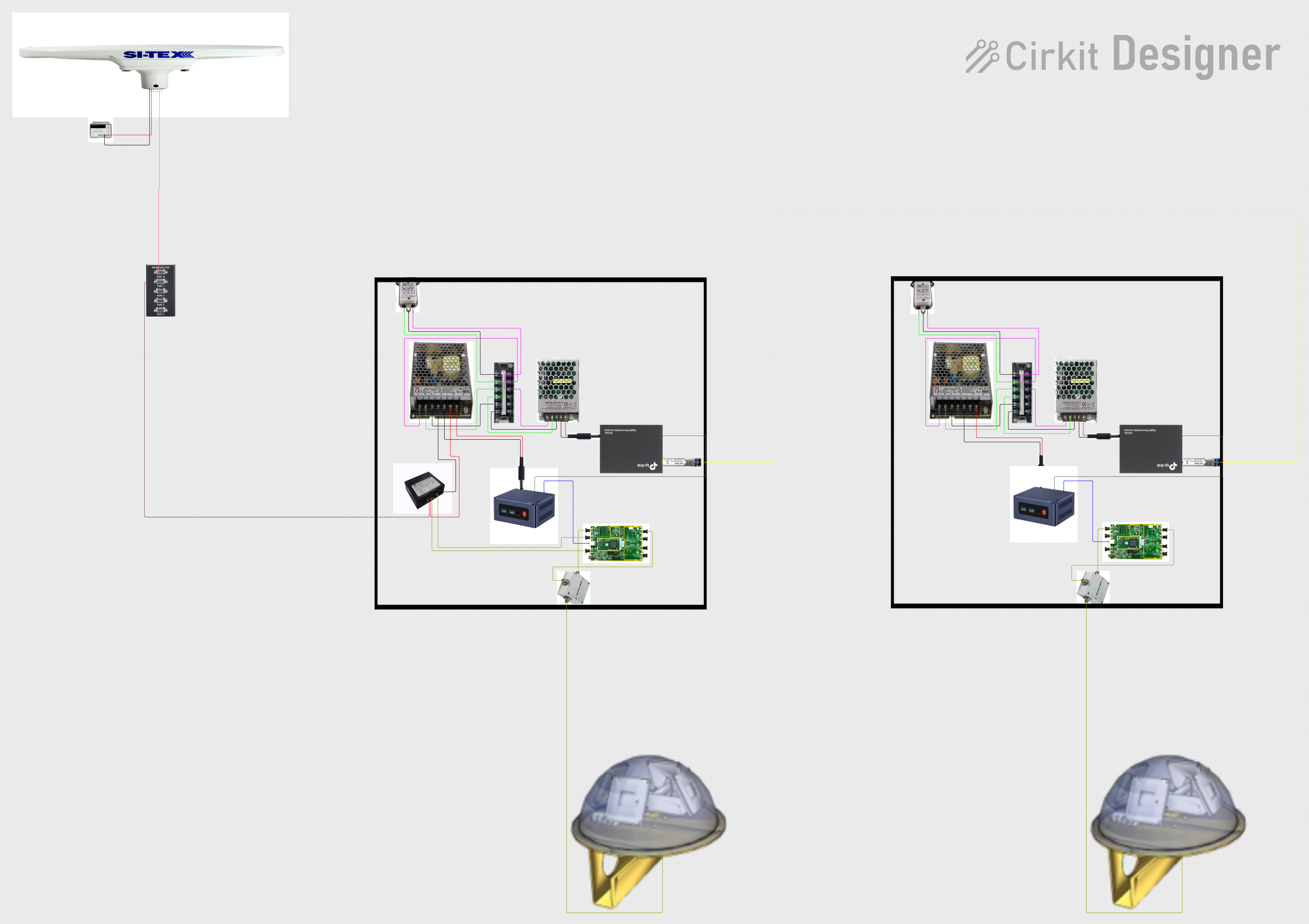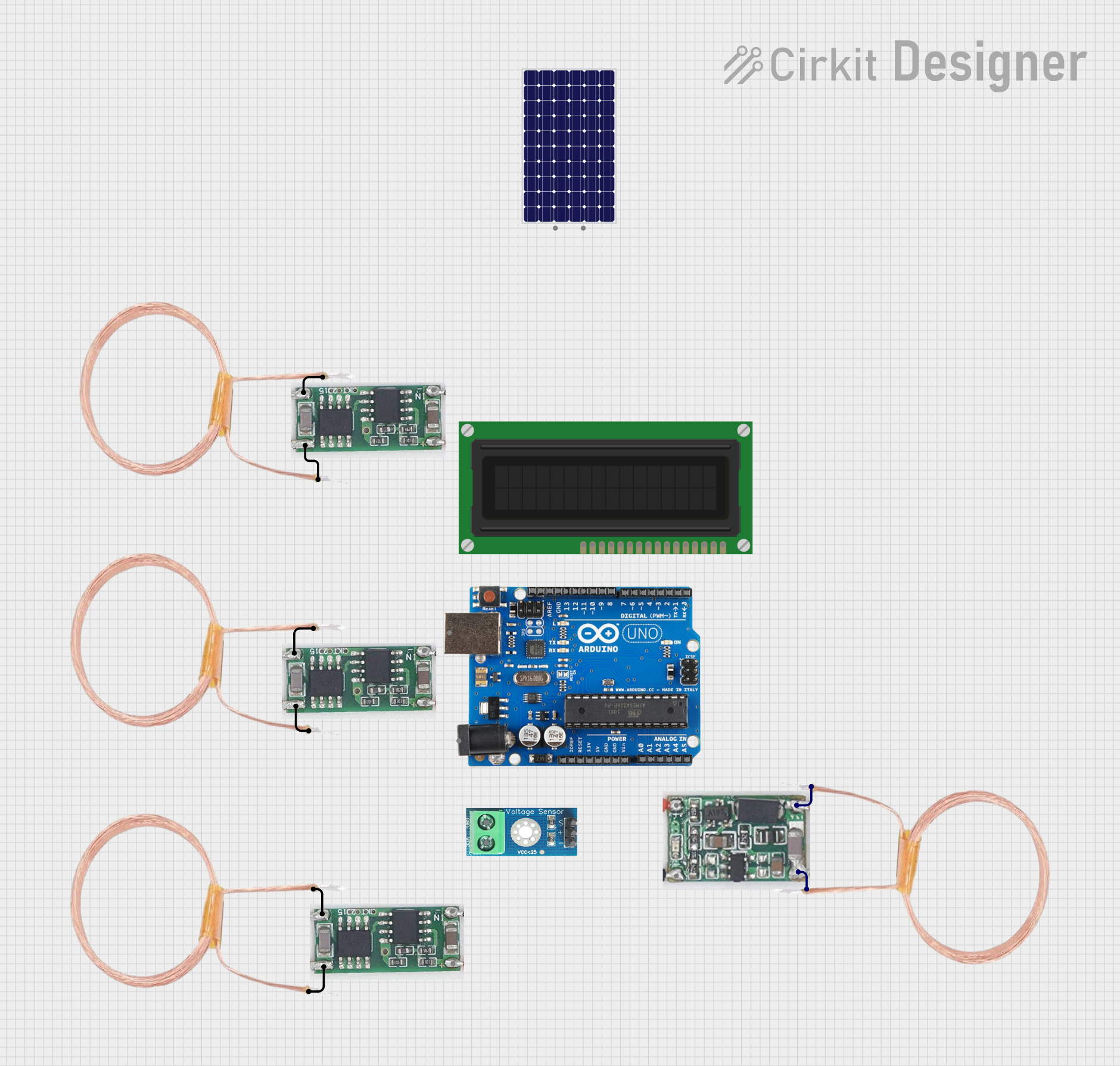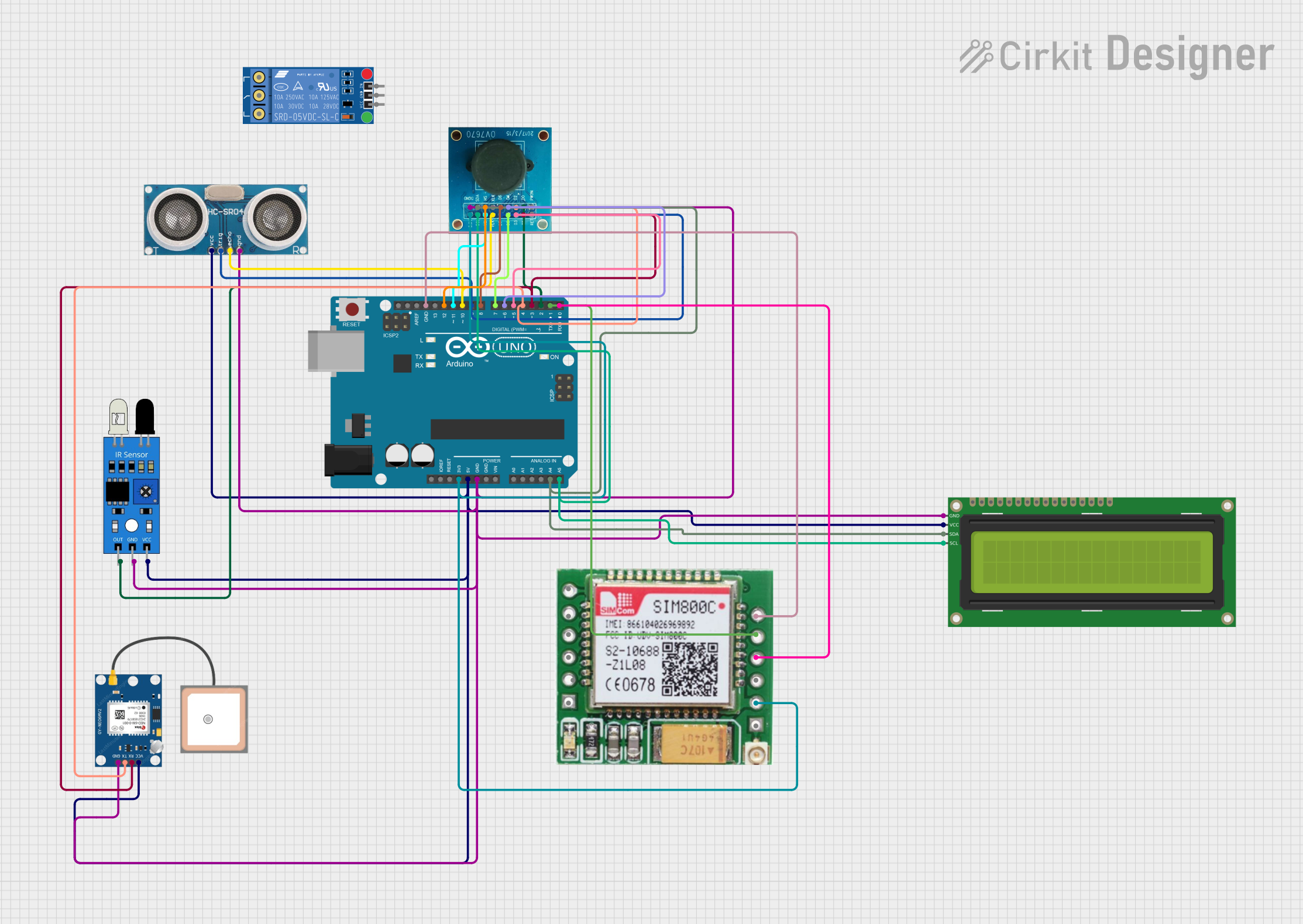
How to Use Telescopic Antenna: Examples, Pinouts, and Specs

 Design with Telescopic Antenna in Cirkit Designer
Design with Telescopic Antenna in Cirkit DesignerIntroduction
A telescopic antenna is an extendable antenna used to receive or transmit radio waves. It is commonly found in portable radios, communication devices, and various wireless applications. The extendable nature of the telescopic antenna allows for easy storage and adjustment of the antenna length to optimize signal reception or transmission.
Explore Projects Built with Telescopic Antenna

 Open Project in Cirkit Designer
Open Project in Cirkit Designer
 Open Project in Cirkit Designer
Open Project in Cirkit Designer
 Open Project in Cirkit Designer
Open Project in Cirkit Designer
 Open Project in Cirkit Designer
Open Project in Cirkit DesignerExplore Projects Built with Telescopic Antenna

 Open Project in Cirkit Designer
Open Project in Cirkit Designer
 Open Project in Cirkit Designer
Open Project in Cirkit Designer
 Open Project in Cirkit Designer
Open Project in Cirkit Designer
 Open Project in Cirkit Designer
Open Project in Cirkit DesignerTechnical Specifications
Key Technical Details
| Parameter | Value |
|---|---|
| Frequency Range | 30 MHz to 1 GHz |
| Maximum Length | 1.2 meters (47.2 inches) |
| Minimum Length | 0.2 meters (7.9 inches) |
| Impedance | 50 ohms |
| Connector Type | BNC, SMA, or custom |
| Material | Stainless steel or aluminum |
| Weight | 50 grams (approx.) |
Pin Configuration and Descriptions
| Pin Number | Description |
|---|---|
| 1 | Signal (connects to the receiver) |
| 2 | Ground (connects to the ground) |
Usage Instructions
How to Use the Component in a Circuit
- Identify the Connector Type: Determine the type of connector your telescopic antenna uses (e.g., BNC, SMA).
- Connect to Receiver/Transmitter: Attach the antenna to the corresponding port on your receiver or transmitter device.
- Extend the Antenna: Pull the antenna to its full length to maximize signal reception or transmission.
- Adjust for Optimal Performance: Fine-tune the length and orientation of the antenna to achieve the best signal quality.
Important Considerations and Best Practices
- Avoid Physical Damage: Handle the antenna with care to prevent bending or breaking.
- Environmental Factors: Be aware of environmental factors such as obstacles and weather conditions that may affect signal quality.
- Proper Grounding: Ensure the antenna is properly grounded to avoid interference and improve performance.
- Regular Maintenance: Periodically clean the antenna to remove dust and debris that may affect its performance.
Troubleshooting and FAQs
Common Issues Users Might Face
Poor Signal Reception:
- Solution: Extend the antenna fully and adjust its orientation. Ensure there are no large obstacles blocking the signal path.
Physical Damage:
- Solution: Inspect the antenna for bends or breaks. Replace the antenna if it is damaged.
Interference:
- Solution: Ensure the antenna is properly grounded. Move the antenna away from other electronic devices that may cause interference.
FAQs
Q1: Can I use a telescopic antenna with my Arduino UNO?
- A1: Yes, you can use a telescopic antenna with an Arduino UNO for wireless communication projects. You will need a compatible RF module (e.g., 433 MHz RF module) to interface with the antenna.
Q2: How do I clean my telescopic antenna?
- A2: Use a soft cloth dampened with a mild cleaning solution to gently wipe the antenna. Avoid using abrasive materials that may scratch the surface.
Q3: What is the optimal length for my telescopic antenna?
- A3: The optimal length depends on the frequency of the signal you are trying to receive or transmit. Generally, extending the antenna to its full length provides the best performance.
Example Code for Arduino UNO
Here is an example code to use a 433 MHz RF module with a telescopic antenna on an Arduino UNO:
#include <RH_ASK.h>
#include <SPI.h> // Not actually used but needed to compile
RH_ASK driver;
void setup() {
Serial.begin(9600); // Initialize serial communication
if (!driver.init()) {
Serial.println("Initialization failed");
}
}
void loop() {
const char *msg = "Hello, world!";
driver.send((uint8_t *)msg, strlen(msg));
driver.waitPacketSent();
delay(1000); // Wait for 1 second before sending the next message
}
Note: Ensure you have the RH_ASK library installed in your Arduino IDE. This code sends a simple "Hello, world!" message using a 433 MHz RF module connected to a telescopic antenna.
By following this documentation, users can effectively utilize a telescopic antenna in their projects, ensuring optimal performance and troubleshooting common issues.